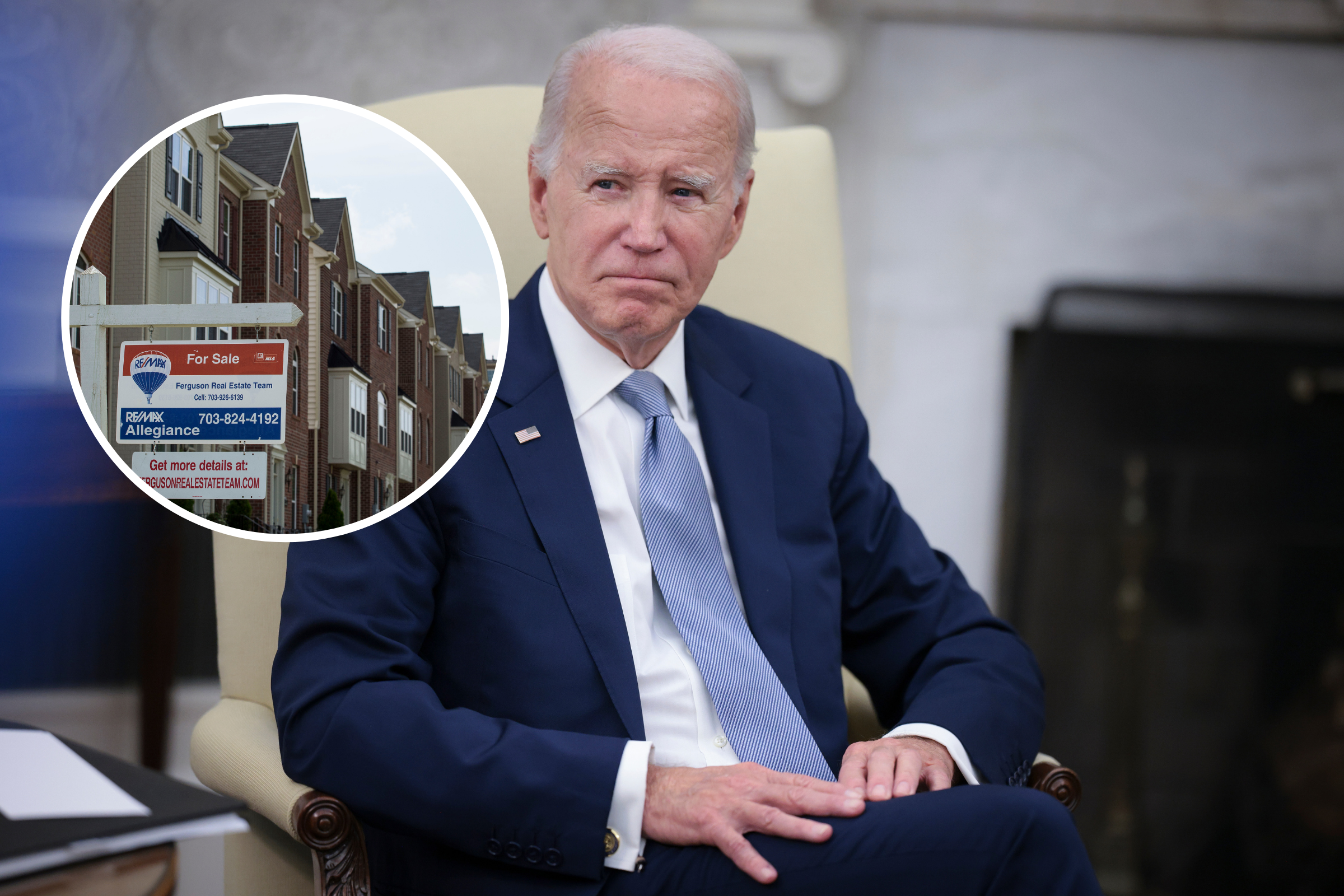President Biden’s recent State of the Union address spotlighted a series of ambitious proposals aimed at tackling the mounting challenges within the housing market. From mortgage relief credits for first time buyers to incentives for sellers, the initiatives are positioned to offer much needed relief to various segments of the housing ecosystem. However, amidst the fervor for reform, a stark reality looms.. the specter of a housing shortage threatens to undermine these efforts, potentially leading to unintended consequences reminiscent of the 2008 housing crash.
As an advocate for housing relief measures, I am heartened by President Biden’s commitment to addressing the affordability crisis plaguing countless people across America. Yet, my enthusiasm is tempered by the realization that a hasty approach could inadvertently exacerbate the very issues it seeks to resolve. We must tread cautiously, cognizant of the delicate equilibrium between intervention and market stability.
Biden’s proposals encompass a range of initiatives designed to ease the burden on aspiring homeowners, renters, and mortgage strapped individuals. From tax credits for first time buyers to incentives for sellers of starter homes, the measures demonstrate a concerted effort to inject liquidity into a stagnant market. However, the efficacy of these strategies hinges on their ability to navigate the underlying dynamics driving the housing shortage.
The crux of the matter lies in the acute imbalance between supply and demand within the housing market. Surging prices and dwindling inventory have created a challenging landscape for prospective buyers and renters alike. While Biden’s proposals offer a lifeline to many, they risk inflaming demand without addressing the fundamental issue of supply constraints.
The proposed mortgage relief credits and down payment assistance schemes undoubtedly hold promise in empowering first time buyers to enter the market. Similarly, incentives for sellers could stimulate activity in an otherwise stagnant segment of the market. However, unless accompanied by measures to bolster housing supply, these initiatives run the risk of fueling a vicious cycle of rising prices and exacerbated scarcity.
The cautionary voices of experts, echoing concerns reminiscent of the prelude to the 2008 housing crash, serve as a sobering reminder of the perils of unchecked intervention. Skylar Olsen, Chief Economist at Zillow, aptly underscores the magnitude of the supply shortfall, warning against the potential pitfalls of incentivizing demand without commensurate increases in supply.
As we navigate the intricacies of housing policy, we must heed the lessons of history and exercise prudence in our approach. While the imperative to provide relief is undeniable, it must be tempered by a judicious assessment of its long term implications. A rush to implement short term fixes risks sowing the seeds of future crises, echoing the cataclysmic fallout of the 2008 housing crash.
In conclusion, President Biden’s housing relief proposals represent a commendable step towards addressing the pressing challenges facing millions of Americans. However, their efficacy hinges on our ability to strike a delicate balance between relief measures and the imperative of market stability. As we chart a course forward, let us proceed with caution, mindful of the lessons of the past and steadfast in our commitment to crafting sustainable solutions for the future.

